The water was swift, relentless.
In a matter of days, flooding in Peguis First Nation, believed to be the worst the Interlake community in Manitoba has ever seen, displaced some 1,600 people and devastated hundreds of homes. Peguis has 3,521 members who normally live on the reservation and 6,504 members outside the reservation.
The largest First Nations community in Manitoba is no stranger to flooding: in recent decades, residents have been driven from their homes by rising waters multiple times, but that wasn’t always the case. .
A few generations ago, the community lived on prime farmland just north of Winnipeg, away from the flood-prone delta of the Fisher River, about 100 miles north of the capital city where it stands today.
And in a way, the story of how they were pushed so far north into the Interlake region of Manitoba, a movement motivated by racism and fueled by a questionable vote, is the story of Manitoba, said Niigaan Sinclair, a professor of indigenous studies at University. from Manitoba.
“You can map Manitoba by the removals of indigenous people. So the Peguis story, unfortunately, is not abnormal,” said Sinclair, who is also a member of the First Nation.
“But it’s particularly horrible for me because I see my relatives every year having [a] massive amount of property damage, their livelihoods constantly under duress, and the fact that it is simply impossible to have a way of life…in this territory that we have been forced to live in.”
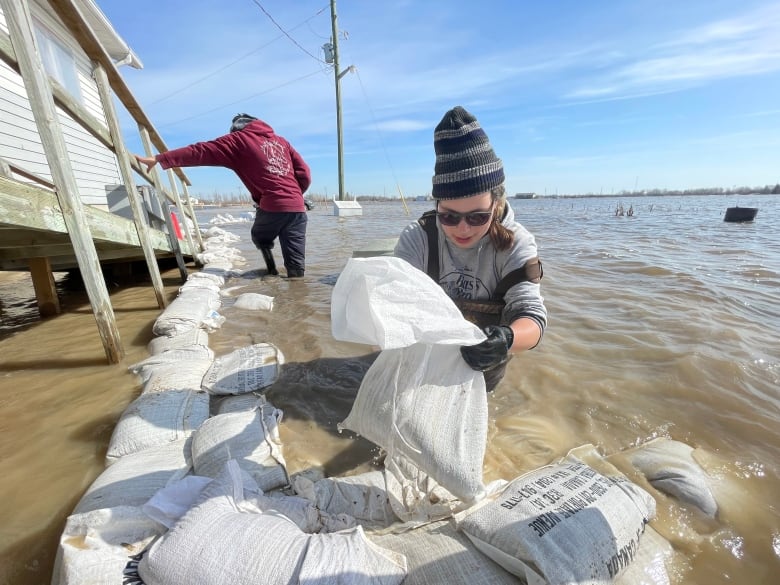
Pushed
In the early 20th century, the land northeast of Winnipeg was known as the St. Peter Reservation, a predecessor to today’s Peguis First Nation. Today, the area is home to the town of Selkirk.
The people of St. Peter’s were successful farmers, said Karen Froman, an assistant professor at the University of Winnipeg who teaches indigenous history.
But the idea persisted among the settlers that the First Nations were incapable of using the land properly.
“There was pressure and resentment from the settler population to remove indigenous peoples from productive and valuable land,” said Froman, who is a Mohawk with Six Nations of the Grand River.
“It’s racism, pure and simple.”
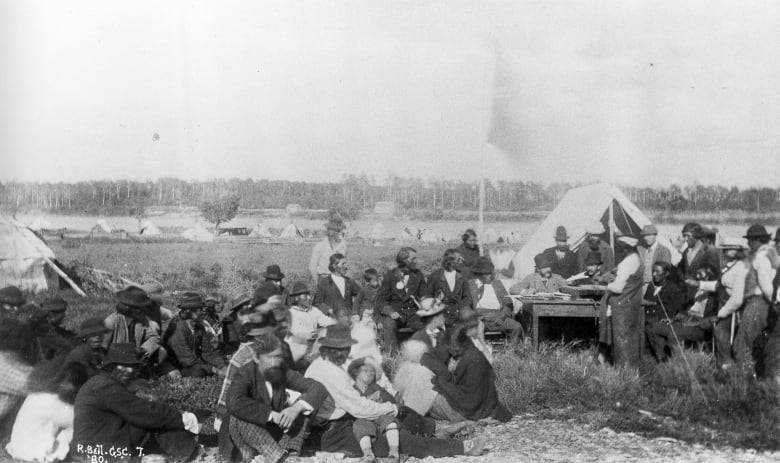
When the nearby growing community of Selkirk experienced an economic boom, government officials began to condemn the reserve as “a drain on the prosperity of the district,” he said.
So, in 1907, they devised a plan to have the reservation land handed over, though the people of St. Peter’s were “completely opposed,” Froman said.
A ‘false’ vote
By all accounts, the vote on whether the First Nation would hand over its land to the government “was pretty murky,” he said.
The vote took place in September, when many members were out hunting, fishing and trapping, and was scheduled at short notice, Froman said. Many St. Peter residents were unable to fit into the small school where the vote took place.
The vote itself was also confusing, as an official at one point told voters to pick a side based on who wanted $90, not who wanted to give up their land, though it was unclear which line they were supposed to be on. get high people said.
Still, Froman said, the result was close: 107 for, 98 against. It was not a majority of the 233 eligible voters. But the government decided he had won the most votes, although no record was kept of who voted, Sinclair said.
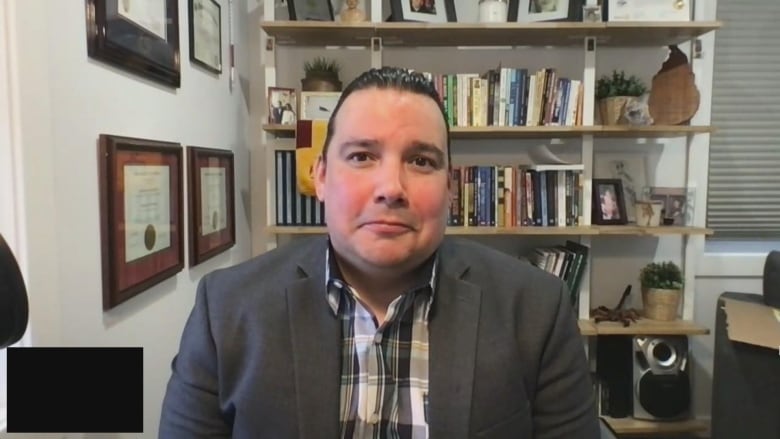
“You can’t call that a vote. That was a farce,” he said. “The land was stolen, period.”
The San Pedro Reservation was dissolved and its people were forced to leave the site where they had been for generations for a new one selected by the government, Froman said.
A new home, for some
What awaited the newly established Peguis First Nation, called after boss Peguiswho had led a group of people from Saultaux to establish a settlement at Netley Creek and later at St. Peter’s, was a far cry from the thriving community they once knew, Froman said.
There were no houses, no schools, no churches, not even roads.
“They took a big step back when they moved,” said Bill Shead, whose great-grandfather, William Asham, was a former St. Peter’s boss who was at the meeting when the vote took place.
It was “scrubland, poor land, somewhat marshy, and without really big trees.”
But others refused to leave, Froman said.
Some of the First Nations who remained undertook emancipate(a process of renouncing First Nation status under Indian Law), while some Métis applied for vouchers in an attempt to hold on to their land. But many ended up losing it anyway, he said.
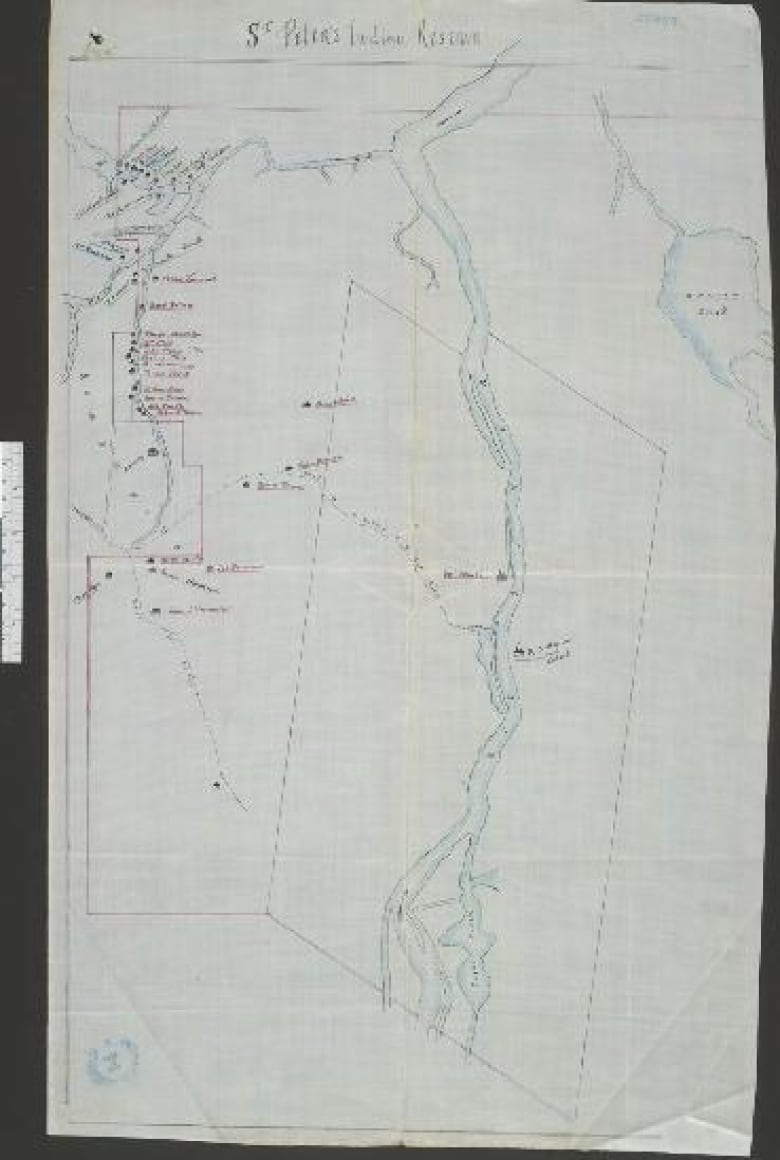
Others refused to leave altogether and instead faced legal consequences.
Trevor Greyeyes said that’s what happened to his family, who are from the former Netley Creek First Nation nearby, which the government combined with St. Peter’s Reserve to save money after Treaty 1 was signed.
That decision meant their land was included in the illegal handover, although they occupied the swamp area until they were arrested for trespassing in 1931. At a trial the following year, they had two options: move to the new Peguis First Nation site, or go to jail.
“As you can imagine, there were quite a few people who were like, ‘Well, I’m moving on,'” Greyeyes said.
“There were several of them who refused to do it. So those men were jailed.”
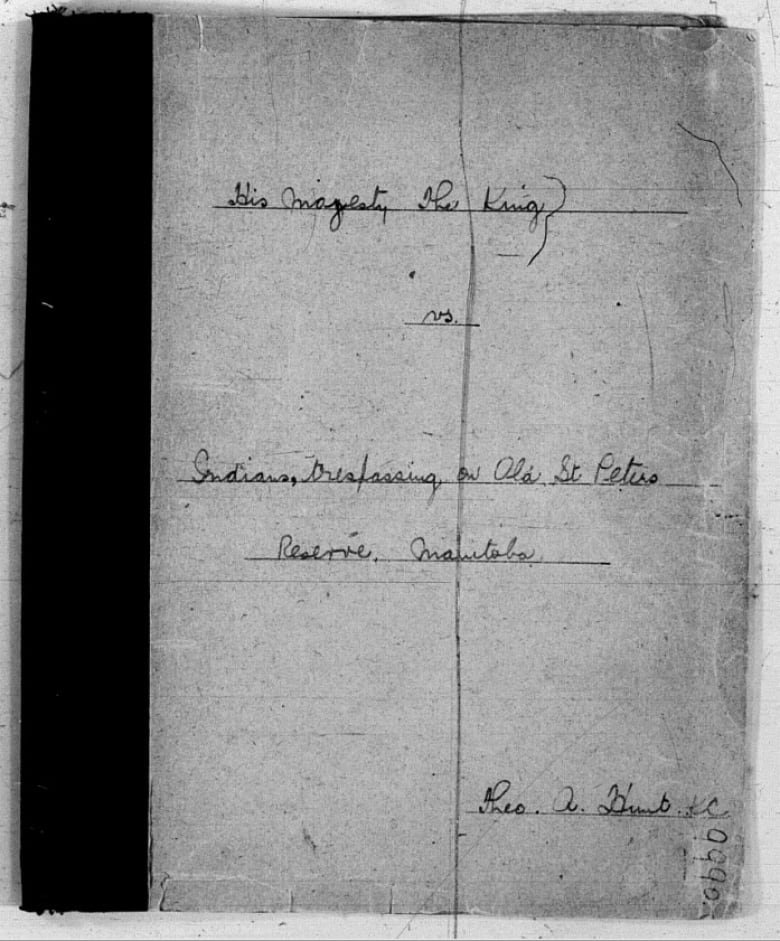
Although the land grant was declared invalid in 1911, government officials ignored that ruling and insisted that the First Nation relocate, Froman said.
“The logic and explanation provided by the officials, and which has actually been absorbed as part of the settler mindset, was the lie, the fiction that the people of St. Peter’s voluntarily sold and abandoned their land,” he said. .
“People did not go voluntarily, despite the historical narrative … that people simply bowed their heads in obeisance and quietly went into the bush.”
Going forward
But despite everything that happened, the people of St. Peter’s, now Peguis, didn’t hold a grudge, Shead said.
“They went on with their lives and rebuilt a community, under very difficult circumstances, that has prospered,” he said, recalling his own grandparents’ house, built of logs from the forest in the new reserve.
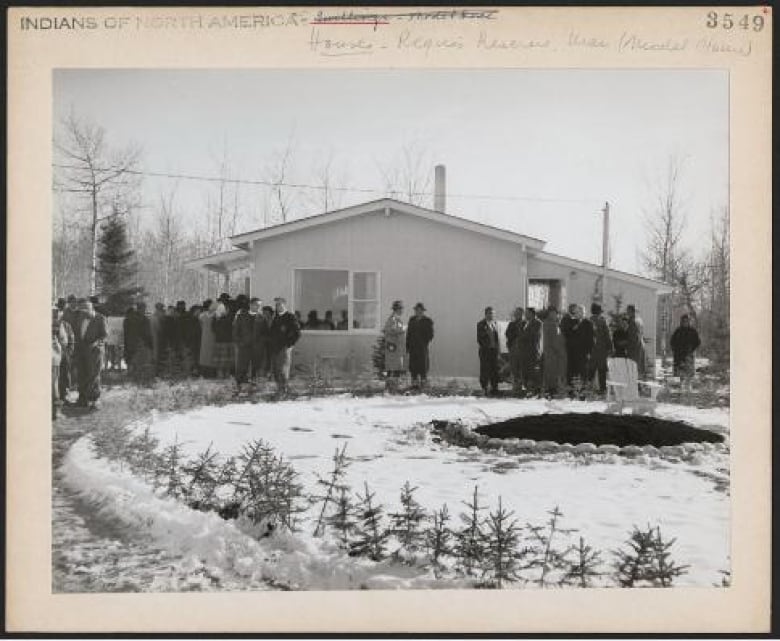
And they didn’t stop there. In 2009, they voted to accept a $126 million land claims settlement to compensate for land stolen more than a century earlier.
“They won, that’s how I see it, anyway,” Shead said.
“[They used] their ability and intelligence to educate themselves and seek redress for past mistakes, using our system, education and the rule of law.”
But today, the community is still dealing with the consequences of being relocated to a flood-prone area, Chief Glenn Hudson said, repeating his call for long-term flood mitigation measures in the area.
“We deserve better, especially when our land was illegally taken from us,” Hudson said.
“People need to understand and know the history of how we have been cheated out of our land.”
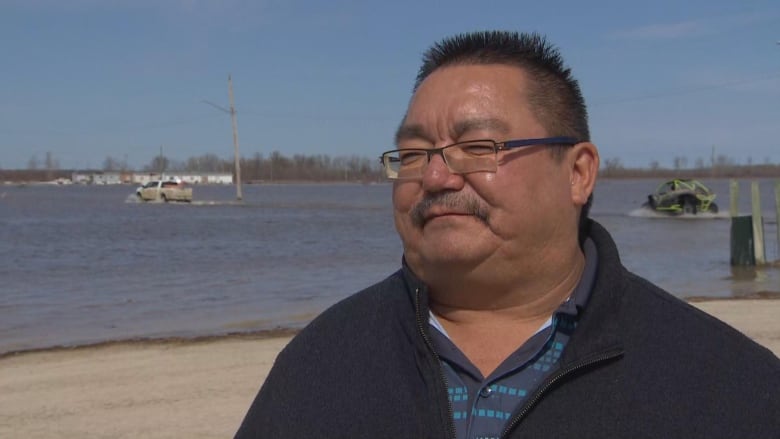
It’s a sentiment shared by Peguis First Nation elder Ruth Christie, not only to let people know the history of her community today, but to make sure their stories are preserved for tomorrow.
“The elders who knew these stories are passing away now,” Christie said.
“If young people are not interested in the history of their people… that history will be lost.”
Reference-www.cbc.ca